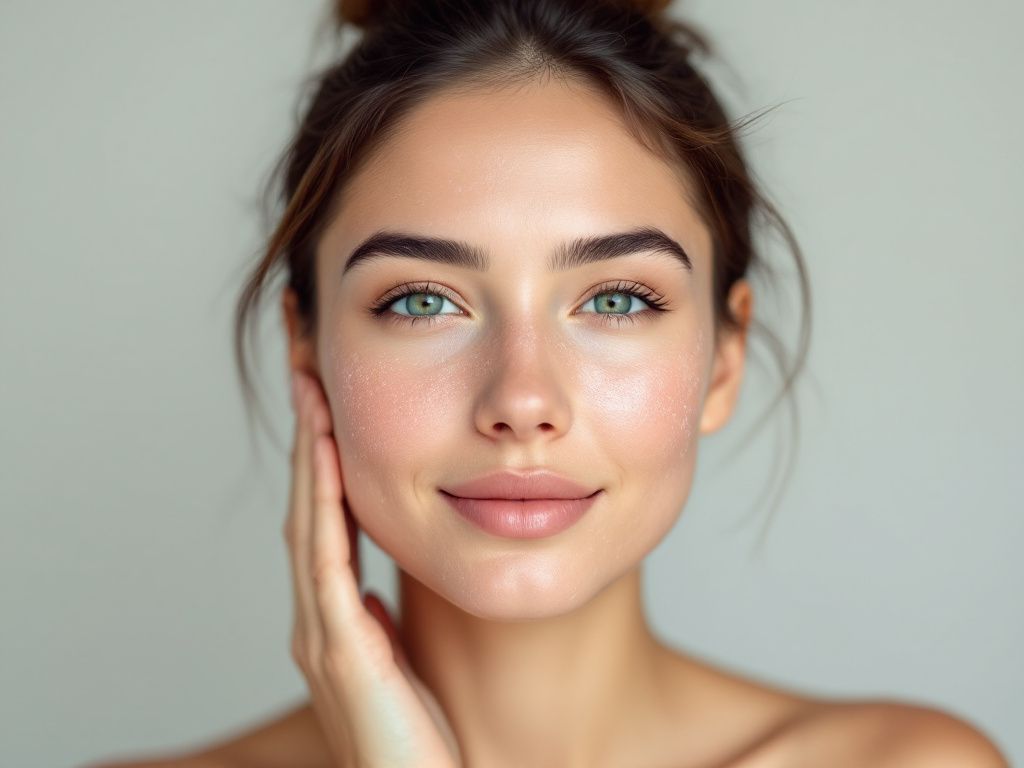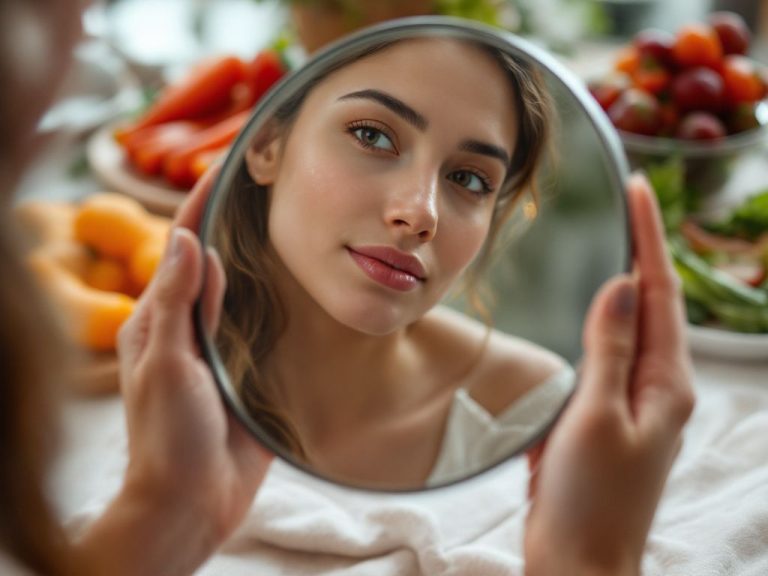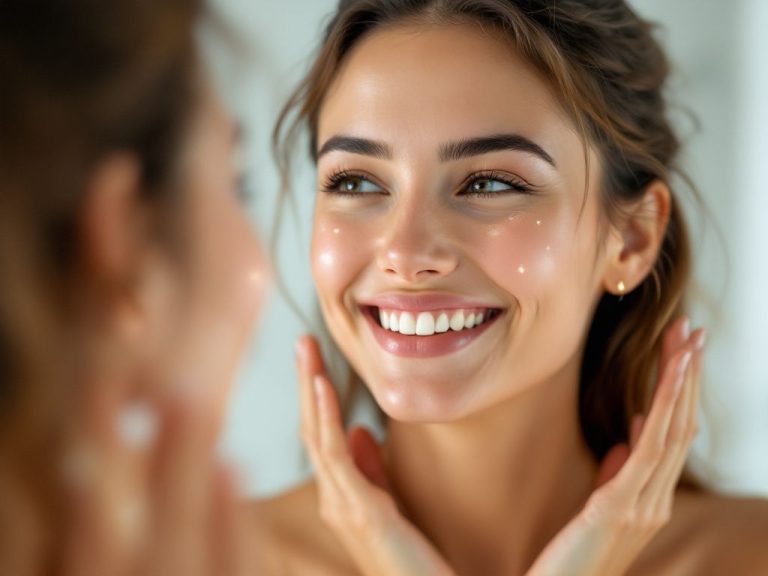Ah, fungal acne. It sounds strange, doesn’t it? Like, what even is it? Well, if you’ve ever noticed tiny, persistent bumps on your skin that just seem to linger no matter which acne treatments you apply, you might be dealing with fungal acne. But don’t worry; you’re not alone. Many people have encountered this peculiar skin issue, and there’s plenty you can do to manage it. Let’s dive in and tackle this bumpy situation together.
Table of Contents
ToggleWhat Exactly is Fungal Acne Anyway?
First things first. Despite the name, fungal acne isn’t actually traditional acne—it just looks a lot like it, which is where the confusion begins. The scientific name for this condition is “Malassezia folliculitis” or “Pityrosporum folliculitis”. Try saying that five times fast!
This condition happens when there’s an overgrowth of yeast in the hair follicles. Wait, yeast on my skin? Yep, it’s a type of yeast infection that makes itself nice and comfy on your skin. Now, before you start visualizing a bakery on your face, know that this yeast, Malassezia, naturally lives on all of our skin. It’s completely normal. The problem starts when there’s an overproduction, leading to an appearance much like acne.
Differences Between Fungal Acne and Acne Vulgaris
To solve a problem, we need to identify it. An easy mistake is confusing fungal acne with acne vulgaris—the more common type of acne teenagers love to hate. Let’s break down some main differences:
| Feature | Fungal Acne | Acne Vulgaris |
|---|---|---|
| **Cause** | Yeast (Malassezia) | Bacteria (P. acnes) |
| **Appearance** | Uniform, itchy, small bumps | Variety (blackheads, whiteheads, cysts) |
| **Products** | Can worsen with typical acne treatments (e.g., antibiotics) | Feels relieved with these treatments |
| **Itching** | Often itchy | Rarely itchy |
Give them both a close look, and you’ll notice that while fungal acne often appears in uniform clusters and feels itchy, acne vulgaris doesn’t.
Causes of Fungal Acne
It’s all about balance here. When the Malassezia yeast on your skin gets too much food—that’s when trouble brews. Ideally, the fat in our skin oils provides just enough sustenance for these yeasts. But factors like excessive sweating, humid weather, overuse of certain skincare or hair products, and even a greasy diet can shift the balance. The yeast essentially throws a party they didn’t invite you to, and you get those irritating bumps as uninvited guests.

Lifestyle and Environmental Factors
- Humidity and Heat: Got a beach vacation planned? These two can cause excess oil production, making your skin a nourishment ground for our yeast friends.
- Fitness Focus: Sweaty gym sessions can also feed the yeast, especially if the sweat-soaked clothes are on longer than they need to be. Time to incorporate more gym showers into the routine!
- Heavy Skincare and Hair Products: Some products can suffocate your pores, offering the perfect environment for fungal overgrowth.
- Diet Rich in Carbs and Dairy: A high consumption can feed yeast through increased fatty acids in your skin oil.
Recognizing Fungal Acne: See the Signs; Save the Skin!
Sounds like a mystery-solving kind of task, doesn’t it? “Fungal Acne Investigator” might not fit on your business card, but recognizing signs is pretty straightforward.
**Common Signs:**
- Itchy, small, uniform pimples
- Appears on oily zones like forehead, chest, and back
- Not responsive to standard acne treatments
Don’t stress if you’re spotting these symptoms—it’s manageable!
Diagnosing Fungal Acne
If you’re puzzled, a dermatologist can help sort it out for you. They’ll probe the bumps to examine any resulting content. In some cases, they’ll carry out a simple scrape test, placing the matter under the microscope to define its origins. Surely beats guessing!
A Game Plan: Treating Fungal Acne

Eureka, it’s treatable! While you might want to run to the nearest retailer for relief, slow down. Some careful planning can help you eliminate this condition for good.
Everyday Routine Adjustments
- Avoid Occlusive Skincare: Look out for labels like “non-comedogenic”—fancy lingo for “won’t clog pores.” Trust me on this one, keeping it breathable does wonders.
- Change Up Your Cleansing Game: Consider a sulfur or zinc pyrithione bar. These active ingredients have antifungal traits. Bath time just got tactical!
- Cool Down the Sweat Sesh: If wall-to-wall sweating is a part of your daily life, wash off soon after gym workout to give those yeasts no ample nourishment.
- Regulate Strong-ingredient Stuff: Products rich in petrolatum or coconut oil can mushroom yeast growth. Similarly, cutting down on leave-in conditioners might help headaches stop itching.
Treatment Products
- Antifungal Creams: These are self-explanatory. Nizoral shampoo (yes, the dandruff one) can step in as a cleansing agent. Its versatility lies in ketoconazole, undertoning fungal growth pretty adequately.
- Cleanser with Benzoyl Peroxide: It battles unseen bacteria, collaboratively easing your skin burdens. Pair that buddying kila with a gentle antifungal cream for outstanding results.
Steps to Smoother Skin
Now, let’s gather tips from what we’ve learned to strategize your skincare specifics.
- Gentle Cleansing: Opt for a mild cleanser free from synthetic fragrance additives.
- Cool Water Rinsing: Maintain sebum and oils with splashy reinvigoratives rather than super-hot showers.
- Moisturize: Lightweight, fragrance-free staples help navigate nutrient equilibrium without causing occlusion.
- Exfoliate Gently Once a Week: Streamlines celled congestion, invalidating clogged-pore guests over mellow scrubbing spans.
Emotional and Social Impact of Fungal Acne

Let’s fold back to reality here—veering into emotional spaces that skin strife accentuates. It scratches not only faces but confidence, too. Worrying about that surprise patch the eve before presentations bites dust from your shine. It’s super essential getting firm grips in empathetic understanding and advocating patience amongst ourselves as this plight unfolds.
Communities foster this familiarity. Online forums and communal learning could lend a hand in better perspectives alongside proper regimens sharing battle-lived experiences. Enthused to drink the positivity water, knowledge-sharing builds lasting empathy connections.
Maintaining Progress Post-Recovery
Breathed that sigh of relief after smoothing skins, right? Here’s how you protect those unnoticed victories into valiant vigilance stages:
- Stick To Your Skin Type Anchors: Whether you’re oily, combo, or dry, recognizing what works perpetually is crucial. Discovering personal elbow spaces in skin condition guides you to figure specifics rationally and productively.
- De-stress Regularly: Stress feeds malfunction—the merry-go-round doesn’t exclude yeast. Try meditation or picking up books to regularly ride diners.
- Healthier Eating Habits: Nourishing regularly gets counters of objection moving head a while back. Universally admired in medicinal line-ups, hydration infuses freshness inside out.
- Track Regular Check-Ins: Harping back attempts ensures continuity attendances don’t lull into future circumstances. Side-eye vigilance ensures defense pockets activate before dramas here forward!
There we have it—a full rundown about tackling fungal acne conditions in practical, self-healing-knit ways. Embrace anew with empowered clarity enabled fresh, and confidently step forward to pioneering near-accessible solutions conquer anything amends you unnecessary inside jitters feel forthcoming—who doesn’t wish for superhero-esque impact with skin leadership akin shared? Hugging progress securely—and trust me—you’ve got this entire making behind logs way!
Frequently Asked Questions
What is fungal acne?
Fungal acne, also known as Malassezia folliculitis, is a skin condition caused by the overgrowth of the Malassezia yeast, which is naturally present on the skin. This overgrowth leads to an infection of the hair follicles, resulting in symptoms similar to bacterial acne, such as small, uniform, itchy red bumps and pustules[2][4][5).
How can I identify fungal acne?
Fungal acne can be identified by its distinct symptoms, including small, uniform, itchy red bumps that are often clustered and found on oily, sweaty areas such as the forehead, chest, and back. Unlike bacterial acne, fungal acne does not typically form large, inflamed pimples or cysts and may worsen with antibiotic use[1][2][4).
What are the best treatments for fungal acne?
Treatments for fungal acne include the use of antifungal medications such as ketoconazole or fluconazole, available in over-the-counter creams or prescription oral medications. A skincare routine that incorporates gentle, antifungal cleansers, oil-free and non-comedogenic products, and regular exfoliation can also help reduce yeast overgrowth and alleviate symptoms[1][2][4).
What lifestyle changes can help manage fungal acne?
To manage fungal acne, it is recommended to keep the skin clean and dry, especially after sweating, avoid oil-based skincare products, choose breathable clothing, and regularly wash and change bed linens and towels. These lifestyle changes can help reduce the risk of fungal acne and prevent its recurrence[2][4]).
References







